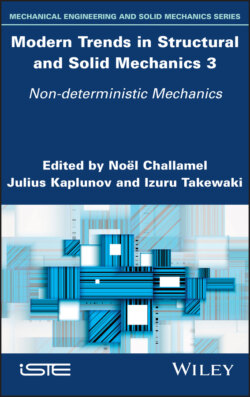Читать книгу Modern Trends in Structural and Solid Mechanics 3 - Группа авторов - Страница 19
1.6. Cristae, ultrastructure and supercomplexes
ОглавлениеMitochondrial dynamics has evolved to define a broad array of actions and activities: already discussed are fission and fusion, and also cristae modifications, the constant changing of shape at the macro- and ultrastructural levels. Such modifications in shape are directly connected to their bioenergetic function. The cristae, where the respiratory chain complexes exist, have junctions of width between 20 nm and 40 nm. They control metabolite and protein access to the interior volume, known as the cristae lumen. They also control the apoptosis process of cell death. The junction structure and lumen are modified for more efficient respiration. So-called supercomplexes are created as part of the cristae remodeling, and these are required for optimal mitochondrial respiration. Slight morphological changes can fine-tune the efficiency of energy-producing respiration. There is a correlation between mitochondrial respiratory capacity and the number of cristae (Baker et al. 2019). A clear understanding of the supercomplexes, as well as the basis upon which cristae remodeling is optimized, can provide us with clues for clinical interventions that target respiratory-based diseases. We can hypothesize that morphological, mechanical and biochemical aspects play a role in cristae remodeling optimization, with the following discussion being of relevance.
The inner mitochondrial membrane and the cristae structure have only recently started to be understood. The inner membrane has the larger area even though it is enclosed within an outer membrane of a smaller area. To accommodate this, broad folds, called cristae, have evolved and project into the mitochondrial matrix where the bioenergetic processes occur. The observed morphology of the inner mitochondrial membrane is the result of the minimization of the system’s free energy. This free energy is a function of local bending energy and curvatures, the surface area, pressure differences and surface tension exerted by proteins. It appears, based on analytical models of these characterizing parameters, that the surface tension and tensile forces act as constraints on the morphology. The varied shapes of the cristae are defined by the stationary states of the above minimization. It appears that motor protein tensile forces are responsible for a stable inner membrane shape (Ghochani et al. 2010). The nanoscale cristae, regulated by molecular mechanisms, influence mitochondrial function (Mannella et al. 2013).
The tight coupling between cellular bioenergetics, metabolism, the inner membrane structure and mitochondrial function, as well as a continuous and high level of neuronal energy requirements, suggests links to understanding neurodegenerative diseases, bioenergetic dysfunction and mitochondrial diseases, and hopefully, to the identification and the enaction of clinical efforts for recovery. Such complex coupling suggests that constrained optimal decisions are a significant aspect of the governing of system behavior.
